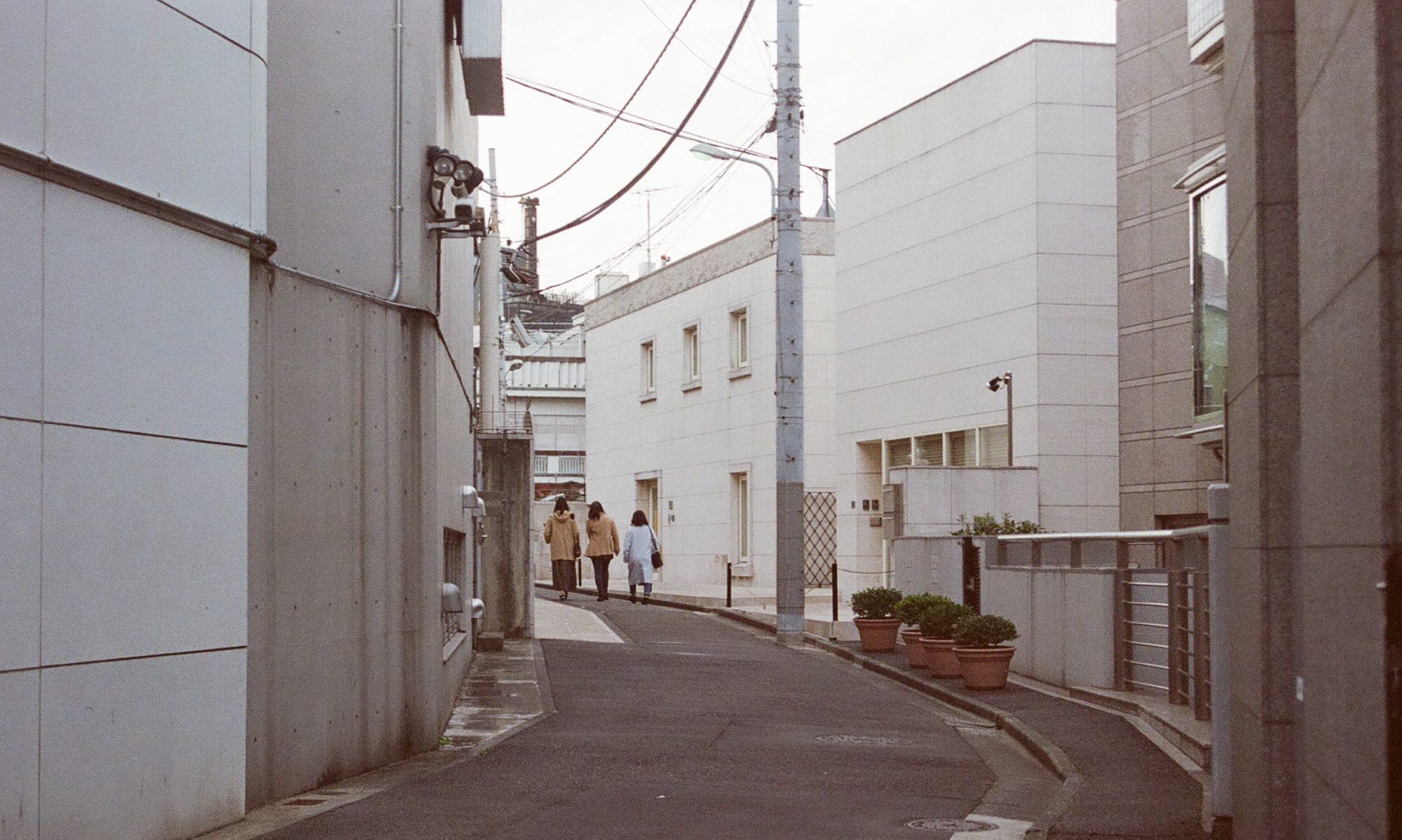The Notion of Place, Mobility and Interactive environments
The definition of place to a person is a subjective one. Without personal, cultural or societal identity and meaning attached to the place, it is merely a location. Public art escapes the constrains of the museum, where art is autonomous and self-referential, making it permanent to its geographical surroundings. Institutionalised art is”transportable, placeless and nomadic”, the anti-thesis to the concept of site-specificity. Site-specific art, whether “assimilative” or “interruptive”, is not without its environmental context, with its purpose and meaning being shaped and defined by the localised place.
In my opinion, modern interactive works lose the permanence of site-specific art due to the mobility and transportability of new technologies. Most experiences are transient and short-lived but documented to be then relived on a screen, limiting its impact. While such works can be reproduced, but there is little motivation in recreating the works in the same location.
To me, effective site-specific works are those that are deeply ingrained in its place and adds to its meaning, be it being superficially beautiful, socially amusing or culturally relevant. According to Kwon (1997) in One Place after Another: Notes on Site-specificity (1997), “the space of art was no longer perceived as a blank slate, a tabula rasa, but a real place”.
Tom Na H-iu by Mariko Mori (2010)

Tom Na H-iu is an ancient Celtic site of spiritual transmigration of life and death and monumental standing stones are built in many places all over the world for their symbolisation. Mori took inspiration from it and created a 15- feet glass sculpture in the middle of a pond, surrounded by a bamboo forest in Teshima Island, Japan.


The stone-shaped glass is connected to the Kamioka Observatory in Hida, Japan, through a computer. It glows interactively when it receives data of neutrinos generated by supernova explosions (the death of stars). The breathing-like work connects elements of the universe (nature, space, life and death) creating a spirituality for viewers to experience the living place.
Storm House by Janet Cardiff and George Bures Miller (2010)

Storm House is experiential installation that redefines the space and environment of an art work. Defined inside a traditional Japanese house in Teshima, viewers can experience a storm with in through the interplay of light, water, shadows, sounds, movement of objects and vibrations. The experience mimics reality to a point where it is undistinguishable between a real or constructed storm. There is a metafictional quality to the work, where the art emphasises its’ construction and the way it is meant to be build that allows the viewer that they are in a “fictional” world.
Being set in and amongst other residential houses on an island, it transport the viewer to another geographical narrative that could be either a fresh or familiar experience.
Echigo-Tsumari Art Field
Echigo-Tsumari is the stage for an art triennale, where public art works are positioned across the art fields and rural land in Niigata, Tokyo. Having attended the triennale myself last year, I feel that the artworks co-exists within nature and achieves its vision to reconnect art and nature. Known as the “The village of Earth art festival'”, it uses site-specific public art to connect the visitors to its place and vice versa, communicating the latent values of the region to the world in a bid to revitalise it.
Some works at the Echigo-Tsumari



